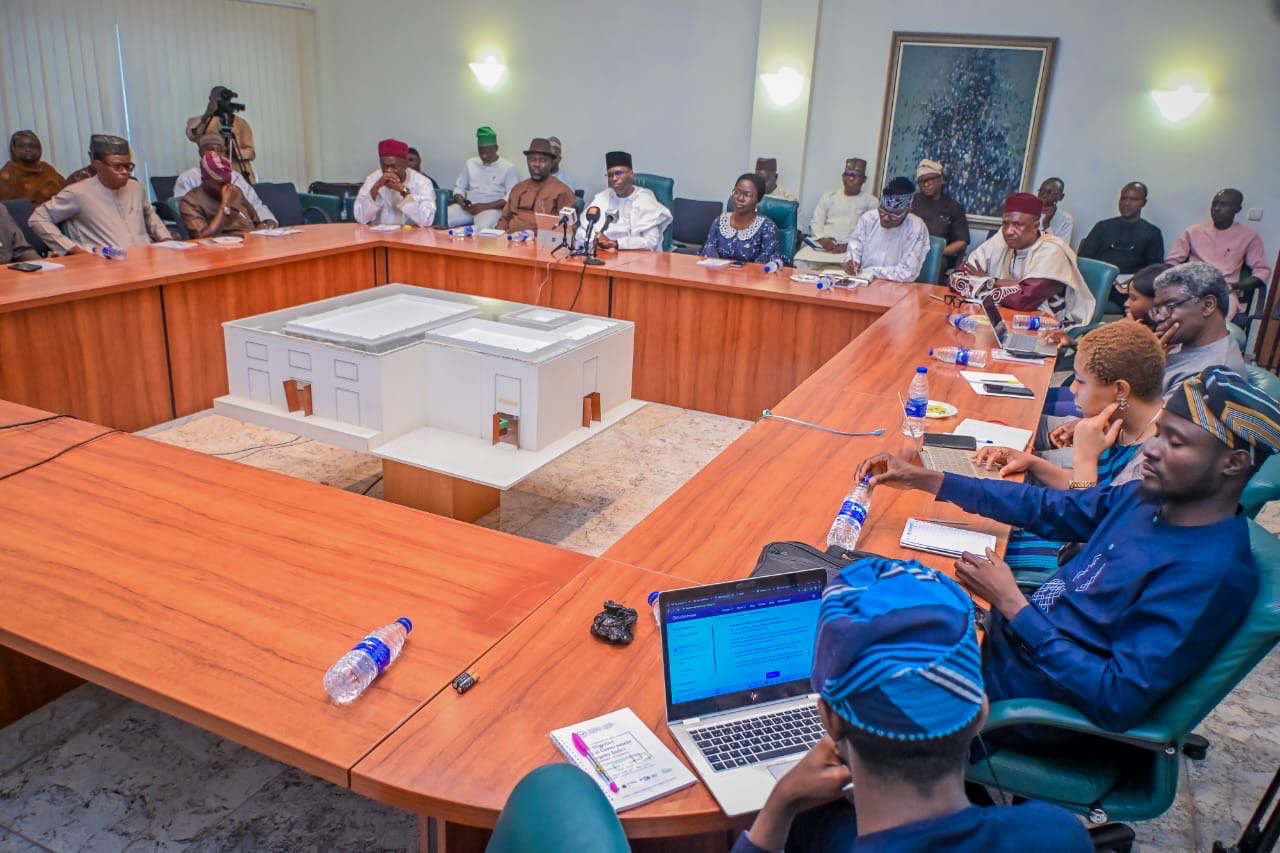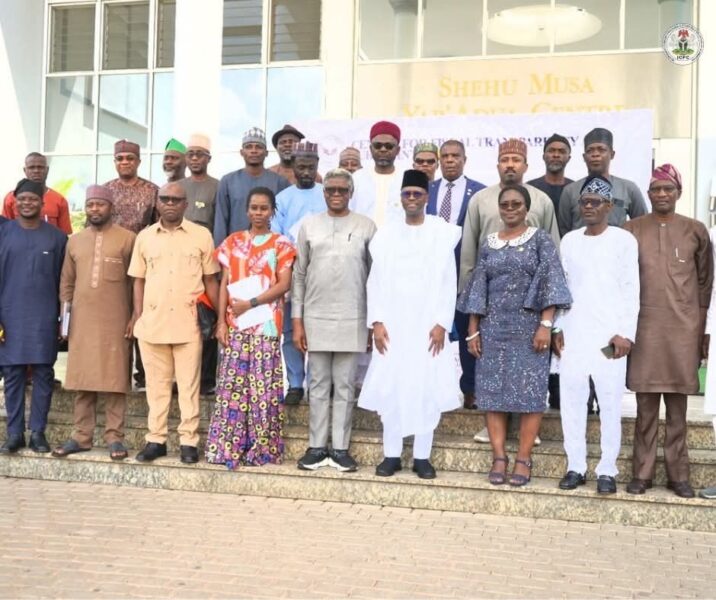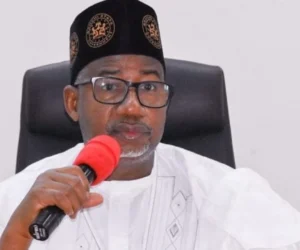The Centre for Fiscal Transparency and Public Integrity (CeFTPI) has launched the Nigerian Local Government Integrity Index (NLGII), an inaugural framework for measuring accountability and corruption risks across Nigeria’s 774 local government areas.
The index was unveiled in Abuja on Friday, presenting an evidence-based national assessment of governance at the grassroots.
It evaluates local councils on eight weighted pillars, namely: fiscal transparency and accountability, fiscal resources and opportunity, anti-corruption enforcement, post-election governance and sustainability, civic oversight and media freedom, public service delivery, digital infrastructure and e-governance, and security and stability.

Sobering findings
The report paints a grim picture of governance at the local level. According to the findings, 85 per cent of LGAs fall into the “very high” or “critical” corruption risk categories, marked by weak transparency, poor service delivery, and near absence of accountability structures.
Only a handful of LGAs, such as Nasarawa in Nasarawa State, Ikeja in Lagos, and Dutse in Jigawa, emerged as relative benchmarks of integrity.
“This index shows the crisis of accountability at the grassroots,” said Oluchi Eze, Programme Manager at CFTPI, while delivering the welcome address.
“Local governments are constitutionally the closest to citizens, yet they remain the least transparent tier of governance in Nigeria.”
Umar Yakubu, the executive director of CeFTPI, underscored the urgency of reform in his address: “Local government is the bedrock of our public service delivery and the nursery of our democracy. Yet for decades, it has remained the weakest link constrained by poor autonomy, systemic corruption, inadequate capacity, and pervasive state interference.
“Our findings are sobering: 85 per cent of Nigeria’s LGAs fall into the ‘very high’ or ‘critical risk’ categories. This confirms a systemic integrity crisis marked by opacity, weak enforcement, and poor outcomes for citizens.”
Mr Yakubu, however, noted that the July 2024 Supreme Court judgment affirming financial independence for LGAs provides a “historic opportunity” to reverse decades of dysfunction.
“Financial independence without transparency and accountability is simply an independence to steal,” he warned. “The NLGII is not just a report; it is a roadmap for governments, officials, civil society, and citizens to demand service delivery and integrity.”
How the index works

The Local Government Integrity Index measures accountability across eight indicators, with fiscal transparency and accountability carrying the greatest weight at 25 per cent. This pillar checks whether councils publish budgets and audit reports or comply with Freedom of Information requests.
The next factor, fiscal resources and opportunity (20 per cent), tracks how much funding LGAs receive from federal allocations and how much they generate internally. Anti-corruption enforcement, which contributes 15 per cent, examines whether local officials have been investigated or convicted by agencies such as the EFCC or ICPC.
Another 15 per cent is assigned to post-election governance and sustainability, assessing the level of financial and operational autonomy from state governments. Civic oversight and media freedom account for 10 per cent, measuring the presence of active NGOs and investigative reporting at the grassroots.
The index also looks at public service delivery outcomes—healthcare, education and water supply—which contribute 10 per cent to the score. Digital infrastructure and e-governance make up 3 per cent, capturing whether LGAs run functional websites or offer online services. The final 2 per cent is drawn from security and stability, measuring violent incidents and fatalities in local communities.
All scores are combined into a 0–100 scale, where higher numbers indicate higher corruption risks. Based on their scores, LGAs are ranked into five categories, from Tier 1 (low risk) to Tier 5 (critical risk).
Integrity tiers

At the local government level, the Integrity Index grouped councils into five risk tiers, revealing deep contrasts in transparency and accountability at the grassroots.
At the top, only four LGAs, Nasarawa, Jigawa and Kaduna State, were ranked as Tier 1 (Low Risk), with Nasarawa recognised as the best-performing council. Jigawa and Kaduna councils were praised for promising reforms but were said to need consolidation.
Tier 2 (Moderate Risk) covered just 19 LGAs, including Ikeja, Surulere, Alimosho, Lagos Island and several others in Lagos; Dutse and Hadejia in Jigawa; Karu and Akwanga in Nasarawa; and the Abuja Municipal Area Council (FCT). These councils were credited with proactive transparency practices.
A larger group of councils (93) fell under Tier 3 (High Risk), where some compliance exists but accountability remains fragile. They include Kaduna North and South, Jos North and South, Ado-Ekiti, Akure South, Calabar Municipal, Minna, Kano Municipal, Abeokuta South, Badagry, Ikorodu and others across at least 10 states.
The national norm, according to the report, is Tier 4 (Very High Risk), where about 503 LGAs were placed. These are spread across nearly all states, including Abia, Adamawa, Akwa Ibom, Anambra, Bauchi, Benue, Delta, Enugu, Kwara, Osun, Oyo and Taraba. Councils here are described as plagued by entrenched opacity, weak oversight, and long histories of corruption.
The worst-performing group, Tier 5 (Critical Risk), contained 155 LGAs nationwide. They include Port Harcourt and Obio-Akpor (Rivers), Southern Ijaw and Yenagoa (Bayelsa), Magu and Rijau (Niger), Birnin Gwari and Chikun (Kaduna), Ohaji/Egbema and Orlu (Imo), Batsari and Faskari (Katsina), Dekina and Lokoja (Kogi), Maiduguri and Gwoza (Borno), and Gusau and Maru (Zamfara). These LGAs were characterised by systemic failures, entrenched corruption, and vulnerability to state interference or insecurity.
State-level patterns reveal disparities in governance.
The classification also highlights sharp regional disparities in integrity and accountability across Nigeria.
At the highest risk are states such as Rivers, Bayelsa, Imo, Borno, Zamfara, and Kogi, where high revenues, insecurity, and weak institutions converge to undermine governance.
States in the mid-tier, including Lagos, Ekiti, and Ondo, recorded mixed performances, with some reforms but no systemic improvements.
At the lowest risk are Nasarawa, Kaduna, and Jigawa, which host some of the nation’s best-performing local governments.
The centre’s state-by-state analysis found that corruption risks are concentrated in oil-rich and conflict-prone states. Rivers, Bayelsa, and Imo were rated among the highest risk due to a combination of high revenues, opacity, and recurring violence.
In Borno, prolonged insecurity has crippled governance systems and eroded accountability.
Zamfara, Sokoto, Kogi, and Niger were also flagged for attracting large financial inflows but lacking strong institutions to manage them.
Lagos, Jigawa, Ekiti, and Ondo showed mixed results, with pockets of reforms that have yet to translate into systemic change.
Nasarawa was singled out as home to the country’s best-performing local government, while Kaduna and Jigawa also recorded relatively strong outcomes.
READ ALSO: U.S. Embassy accuses Nigerian govt. officials of “fiscal irresponsibility”
Recommendations
The centre urged the federal government to enforce financial autonomy, mandate quarterly transparency audits for high-risk LGAs, and link grants to integrity performance.
CeFTPI asked state governments to end interference in local governance and support digitisation, while LGAs were encouraged to publish budgets, hold quarterly town halls, and adopt open contracting.
Civil society and the media were urged to drive citizen awareness campaigns and use FOI tools to demand transparency. International partners, the report added, should support technical assistance and peer-learning between strong and weak councils.
A call to action
Despite its sobering findings, the centre says the NLGII is not an end but a tool for reform.
“This index does not prosecute corrupt officials,” Ms Eze said. “But it provides a systematic, evidence-based foundation for accountability work across Nigeria’s local governments. Its value will be realised only through action.”









